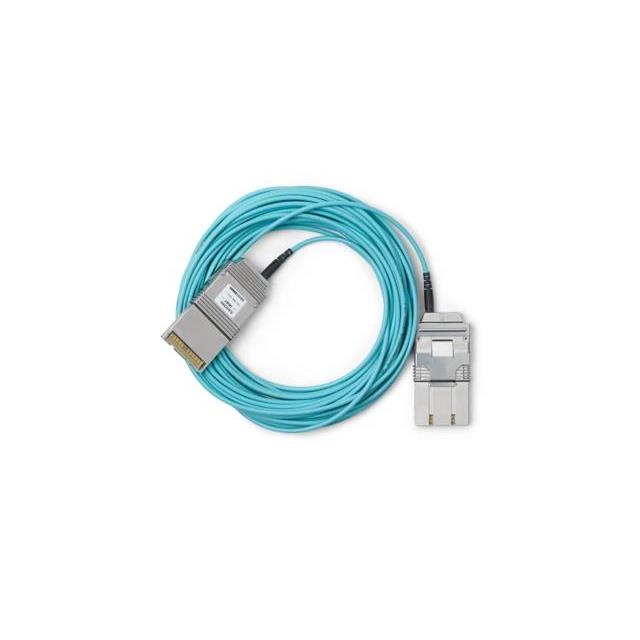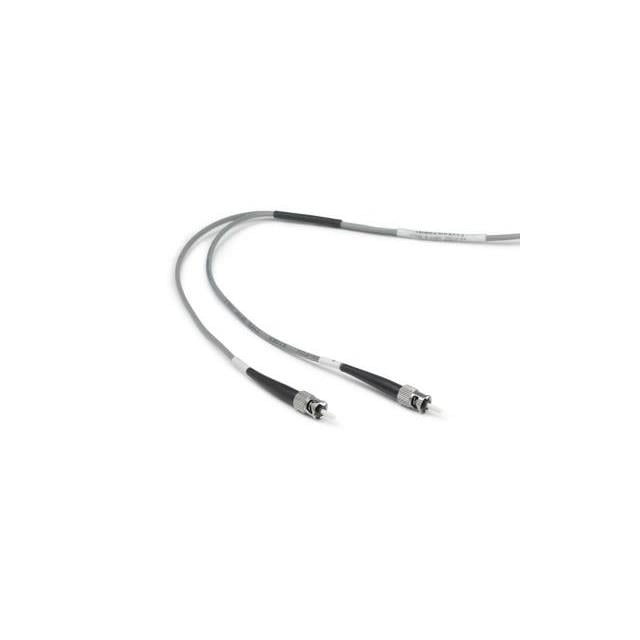
NI
NI (National Instruments) is a renowned company that specializes in providing software-centric platform-based solutions for engineers and scientists. The company offers a wide range of products and services, including hardware, software, and integrated systems that enable customers to design, prototype, and deploy advanced measurement, automation, and control systems. NI's flagship product, LabVIEW, is a powerful graphical programming environment widely used for data acquisition, instrument control, and industrial automation. Additionally, the company provides modular instrumentation, data acquisition devices, and test and measurement equipment to support various industries such as aerospace, automotive, electronics, and research institutions. With a strong emphasis on innovation and collaboration, NI empowers engineers and scientists to tackle complex engineering challenges and accelerate the pace of discovery and development. Through its commitment to customer success, NI has established itself as a trusted partner for organizations seeking cutting-edge solutions in measurement and automation.
Fiber Optic Cables
Results:
9
Series
Length - Overall
Fiber Type
Cable Type
Type
1st Connector
Cable Diameter
2nd Connector
Features
Ratings
Results remaining:9
Applied Filters:
NI
About Fiber Optic Cables
Fiber optic cables are a type of transmission medium that consists of a thread made of glass or plastic encased within a protective jacket. These cables are widely used for transmitting data, voice, and video signals over long distances with high efficiency and minimal signal loss.
The core of a fiber optic cable is typically made of glass or plastic, chosen for its optical properties that enable efficient signal transmission. This core is surrounded by a cladding material that helps guide the light signals along the length of the fiber while preventing signal loss through leakage.
The jacket, or outer covering, provides protection for the delicate fiber core and cladding. It shields the internal components from environmental factors such as moisture, abrasion, and extreme temperatures, ensuring the integrity and longevity of the cable.
Fiber optic cables offer numerous advantages over traditional copper cables, including higher bandwidth, greater transmission speeds, and immunity to electromagnetic interference. They are essential in telecommunications, networking, and broadband applications, where high-speed and reliable data transmission is paramount.
In addition, fiber optics play a crucial role in various industries, including telecommunications, healthcare, and aerospace, where the need for secure and high-capacity data transmission is critical.
Overall, fiber optic cables serve as a vital backbone for modern communication networks, enabling the efficient and reliable transmission of data across vast distances. Their unique optical properties and protective design make them indispensable for a wide range of applications, supporting the seamless exchange of information in today's interconnected world.



